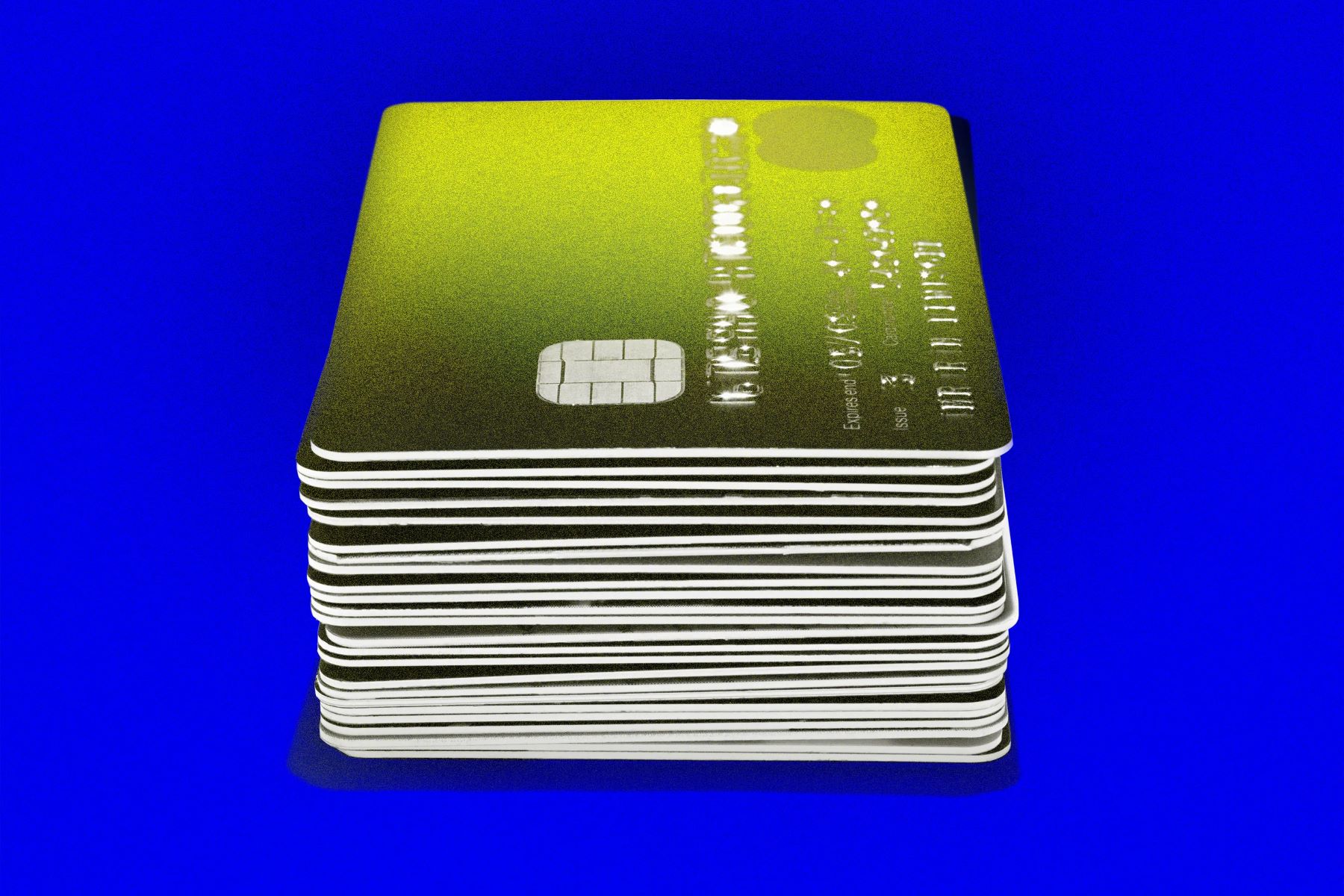Home>Finance>Freeriding: Definition, How It Works, Legality, And Example


Finance
Freeriding: Definition, How It Works, Legality, And Example
Published: November 28, 2023
Discover the meaning of freeriding in finance, learn how it operates, explore its legality and get an example to understand it better.
(Many of the links in this article redirect to a specific reviewed product. Your purchase of these products through affiliate links helps to generate commission for LiveWell, at no extra cost. Learn more)
Why Understanding Freeriding is Essential for Your Financial Activities
In the world of finance, there are various strategies and techniques employed to maximize returns and minimize risk. One such concept is freeriding. In this blog post, we will dive deep into the fascinating realm of freeriding, exploring its definition, how it works, its legality, and even provide an example to help you grasp this concept better. By the end of this article, you will have a clear understanding of freeriding and its significance in your financial activities.
Key Takeaways:
- Freeriding refers to the practice of buying and selling stocks without the necessary cash or securities to cover the transactions.
- Freeriding is considered illegal and prohibited by regulatory authorities to ensure market stability and fairness.
What is Freeriding?
Freeriding is a term commonly used in the world of finance to describe a practice where individuals or investors buy or sell stocks without actually having enough funds or securities to support the transactions. In simpler terms, it involves investors purchasing new securities without paying in full for them or selling securities that they don’t possess. The investors engage in this practice with the expectation that they can generate quick profits before settling the payment or delivering the securities. Essentially, freeriding allows individuals to ride the wave of potentially profitable investments without committing their own capital.
How Does Freeriding Work?
Freeriding often occurs in margin accounts, where individuals can leverage borrowed funds to make investments. Let’s understand the process of freeriding through a step-by-step explanation:
- An investor opens a margin account with a brokerage firm.
- The investor places a buy order for a particular stock without having enough funds or securities to cover the transaction.
- The brokerage firm allows the investor to complete the transaction based on the assumption that the necessary funds or securities will be available soon.
- The investor sells the stock for a profit before the settlement date.
- The investor plans to use the proceeds from the sale to pay for the initial purchase.
- If the investor fails to cover the purchase within the required settlement period, they are considered to have freerided.
It’s important to note that freeriding can have significant consequences. If an investor continues to freeride, the brokerage firm may enforce penalties, such as restricting their trading abilities or even closing their account.
The Legality of Freeriding
Freeriding is considered illegal within the financial industry. It goes against the rules and regulations set by regulatory authorities to maintain market stability and fairness. By engaging in freeriding, investors are essentially manipulating the market by creating artificial demand or supply. This can lead to distorted stock prices and unfair advantages for certain individuals. To prevent these actions, regulators strictly enforce rules against freeriding.
An Example of Freeriding
Let’s consider a hypothetical example to illustrate freeriding:
John, an investor, has a margin account with a brokerage firm. He has $1,000 in cash and wants to buy 100 shares of ABC Company, priced at $10 per share. Without having sufficient funds, John submits a buy order for the 100 shares of ABC Company.
The brokerage firm allows the transaction to proceed, assuming John will eventually deposit the required funds. Unfortunately, John quickly sells the 100 shares of ABC Company for $12 per share before the settlement date, realizing a profit of $200.
However, instead of using the profit to cover the initial purchase, John decides to use the funds for personal expenses, failing to deliver the required payment to the brokerage firm within the settlement period. This action is considered freeriding, leading to penalties and consequences for John.
The Final Verdict on Freeriding
Freeriding may seem like a tempting shortcut to financial gains, but it is an illegal and unethical practice in the world of finance. Engaging in freeriding can have severe consequences, from penalties imposed by brokerage firms to legal actions taken by regulatory authorities. It is essential to always engage in responsible and lawful financial practices to ensure a fair and stable market for everyone.
Remember, knowledge is power, and understanding concepts like freeriding can safeguard you from engaging in unlawful activities and help you make informed decisions in the intricate world of finance.














